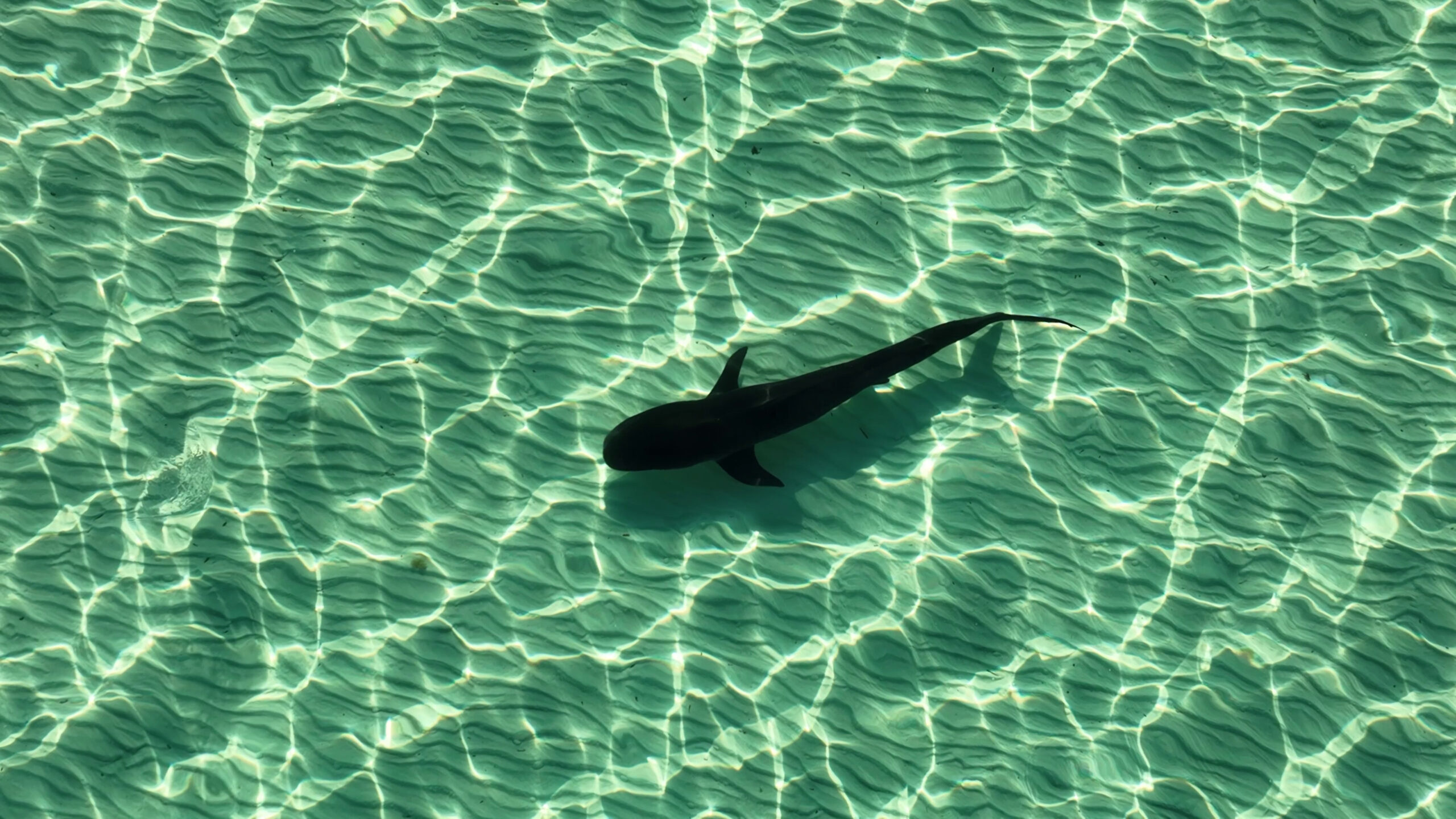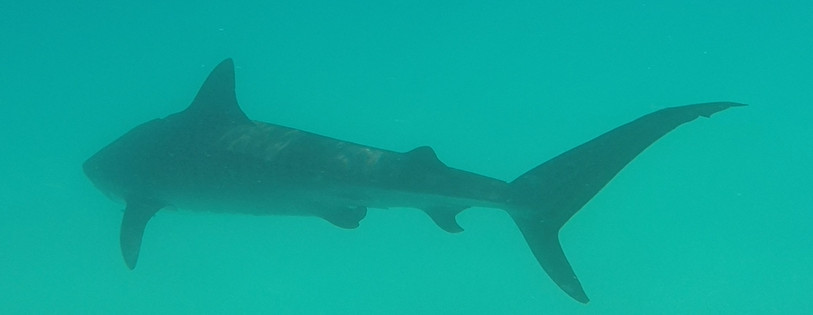Cartilaginous fish species play an important role in many ecosystems because, as apex predators, they keep the populations of many fish and crustaceans under control and thus contribute to the balance in the food chain. However, very little is still known about many of these important species. Biodiversity studies are crucial for understanding the composition and monitoring the status of aquatic ecosystems. Traditional monitoring methods are time-consuming, significantly more expensive and are very often invasive while providing only rough estimates due to the challenge of recording these complex habitats. Environmental DNA (eDNA), as one of the newest monitoring approaches for ecology, is promising, although to date it has had few applications in studies focusing on the biodiversity and habitats of cartilaginous fish. In my Master thesis I carried out a 12S eDNA analysis to record the diversity of the cartilaginous fish community in the south of Shark Bay (Western Australia).
Using our study’s 12S metabarcoding assay, we were able to identify several shark and ray species, some of which are classified as Endangered or Critically Endangered in the IUCN Red List. With this first base survey we were able to record two-third of the known cartilaginous fish species in our experimental area when we compared our findings from the Global Biodiversity Information Facility database. The analysis of our findings shows that the distribution of the species in Shark Bay is not homogeneous. Many species prefer certain habitats and are further influenced by different abiotic environmental factors. In summary, our study was able to provide a baseline assessment of cartilaginous fish diversity and distribution in Shark Bay, thereby laying a foundation for better understanding the movement of these apex predators in such shallow bay.
The population of Indo-Pacific bottlenose dolphins (Tursiops aduncus) inhabiting Shark Bay, Western Australia, is one of the most studied examples of multifaceted cooperation and innovative behaviour, possessing one of the most complex social systems known outside of human evolution, systematically examined since 1982. Studies of their distribution in Shark Bay suggest that they also adapt their movement to the presence of predators, which indicates the potential threat of predation within habitat fragments and microenvironments. For example, dolphins changed from using food-rich habitats when there was no evidence of sharks around to using safer, but food-rare, deep areas when tiger sharks were around. The possibility of studying the interaction of different cartilaginous fish with their environment in such an area, as well as the lack of studies using metabarcoding methods as a detection method for cartilaginous fish, make an eDNA-based investigation very promising.





